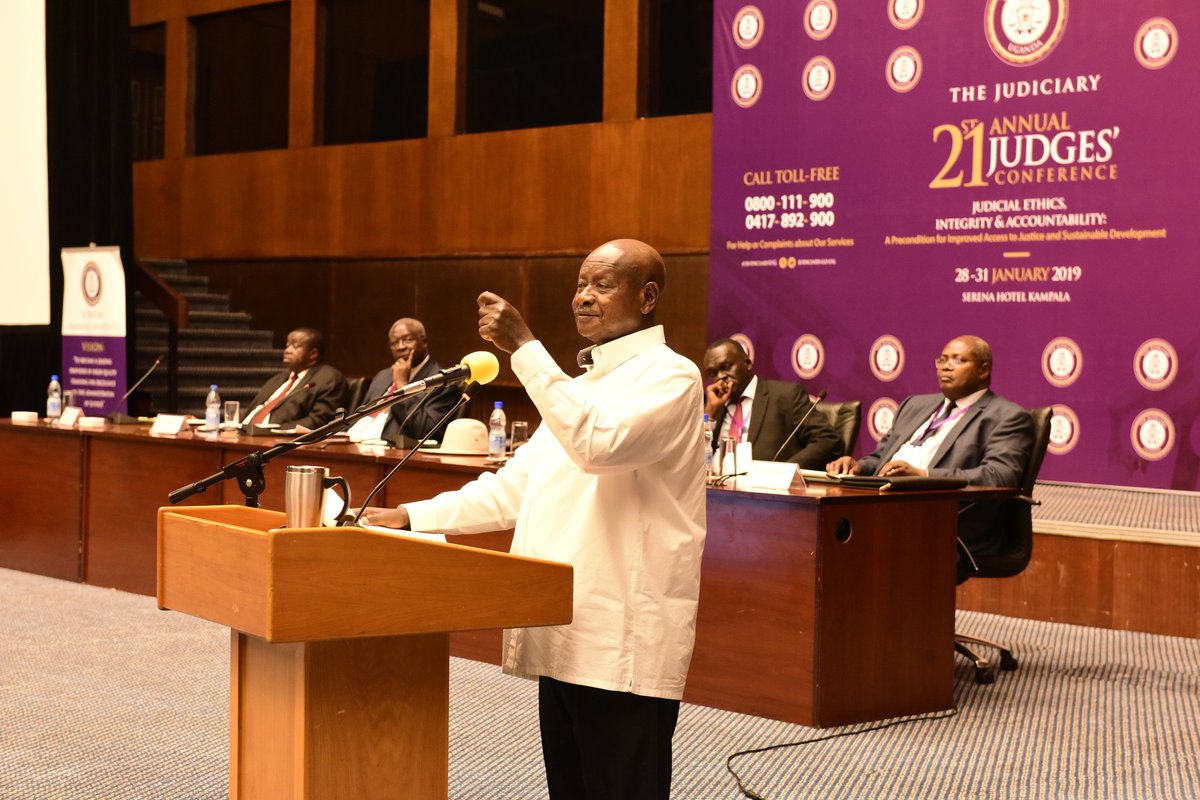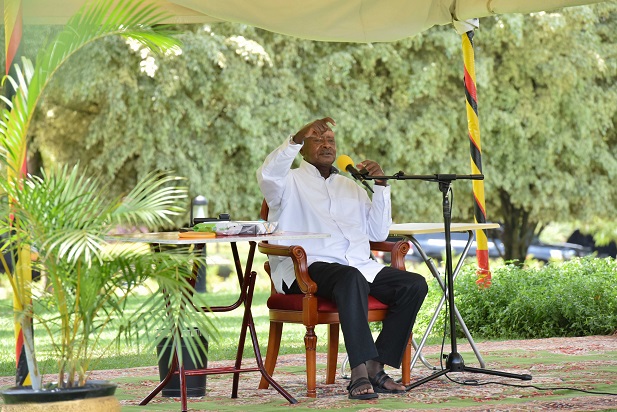The International Monetary Fund (IMF) has revealed that expenditure of the USD 1 billion (3.5 trillion Shillings) loan that Uganda is receiving will be tracked on a quarterly basis.
The loan approved on Monday will be disbursed in three financial years, starting with the 2021/22 financial year which kicked s off yesterday, July 1. The board approval cleared the way for “immediate disbursement of about USD 258 million, usable for budget support.
Amine Mati, a Division Chief in the Africa Department at IMF who led the organization team during negotiation with Uganda government officials revealed in an interview with journalists yesterday that mechanisms have been put in place to ensure that expense of covid money is tracked.
“We are having plans, safeguards in place to ensure that funds released are used for intended purposes,” he said. Mati revealed the government has started publishing and will continue to publish procurement contracts with names of the company as well as owners of those companies.
Asked whether the USD 491 million that the government borrowed from IMF in May last year was put to better use, Mati pointed to a recent audit report by the Auditor General’s Office that revealed loopholes in accountability such as situations where emergency procurement procedures were used and some of the recipients of money who were unverifiable.
The Auditor General’s Office, he said, carried out another special audit of the first three quarters of the 2020/2021 financial year that identified loopholes that had been pointed out in the previous report.
“We do recognise that Uganda’s supreme audit agency is actually quite independent,” he said. “All those are part of the lessons that we expect the government to look at, to make sure that those weaknesses are addressed.”
Three-quarters of the USD 491 million emergency financial assistance loan that Uganda got from the IMF last year was for Balance of Payment (BOP) support at the Central Bank, Mati revealed. Another portion of the loans went to UDB (Uganda Development Bank) and the remainder was for budget support. The loan will push Uganda’s debt to GDP ratio to slightly above 50 per cent.
Mati said IMF money will catalyze the government to go for other cheaper sources of financing, mostly concessional loans rather than commercial loans. Mato added that the IMF loan which comes with a grace period of five years and zero-interest is incomparable to commercial loans from domestic and international markets.
Thus, the IMF says, if the government implements what it has promised in the loan arrangement, the programme will support recovery and sustainable public debt while reducing reliance on domestic financing to alleviate crowding out private sector financing.
But many Ugandans remain dismissive that the loan will be used prudently. They argue that the loan is another gift for government officials to misuse. A tweet by the IMF posted on Monday announcing the loan has attracted more than 3000 responses, most dismissive.
“The IMF is not naive! They know exactly how this money will be mismanaged. They know exactly how it will be diverted. They know exactly that the rosy and hypocritical justification for the fund is a total scam,” Lumbambula Kizito said in a response to the IMF tweet.
“Ugandans have been betrayed by the IMF. What a shame. It’s hypocritical for the IMF to allocate more funds to a regime which received over USD 1 billion in 2020 for COVID relief which was instead embezzled, misdirected towards military suppression of opposition political supporters,” Kafuko Stanley said in another response.
But Mati says the loan benefits ordinary Ugandans by reversing current trends of increasing security budget and reducing social sectors spending like education and health sectors.
The IMF in its staff report that informed the loan observed that Uganda has been spending highly on security “to replace equipment needed to face regional tensions.” Currently, Uganda isn’t on good diplomatic terms with Rwanda following the latter’s closure of its border at the end of 2019.
The report also revealed that “Uganda spends only 2.5 per cent of GDP on education, which is close to half the LIDC average. It also spends less on education per capita than peers and is an outlier on tertiary education where spending is less than half the EAC average.”
It’s the same with the health sector, the report says. Uganda’s health sector spending has been declining in recent years, from 12.1 per cent of GDP in 2006 to about 6.5 per cent of GDP in 2019. “The public component of Uganda’s health spending is small, with the private sector covering 85 per cent of total health spending,”






